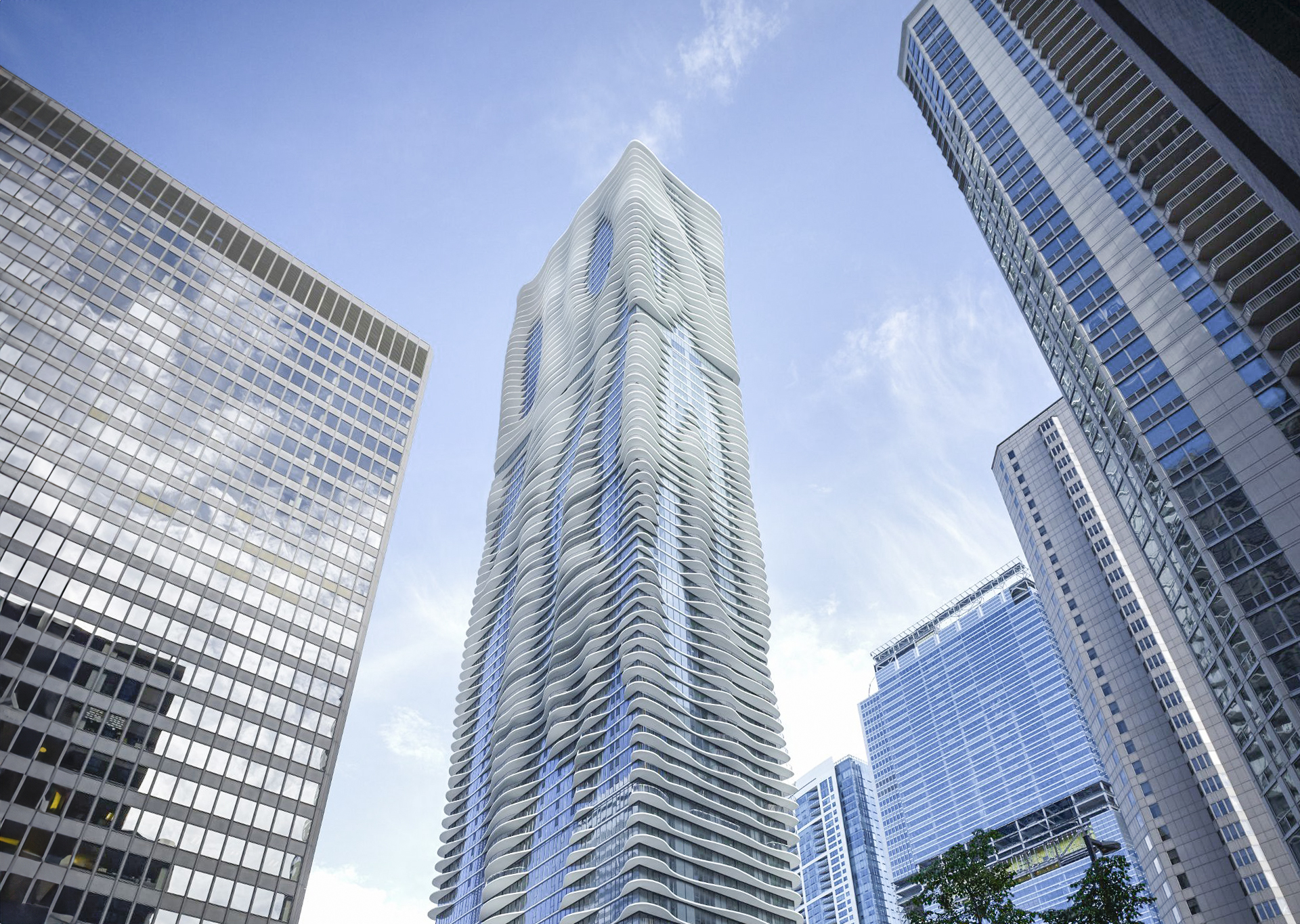The St. Regis Chicago is a Contemporary skyscraper designed between 2014 and 2016 by Studio Gang Architects, with Jean Gang as lead architect, in association with bKL Architecture, and built between 2016 and 2021, for a reported $1.03 billion dollars, in Chicago, IL.
St. Regis Chicago is not the only name you might know this building by though. The building is, or has also been known as Vista Tower.
Its precise street address is 363 East Wacker Drive, Chicago, IL. You can also find it on the map here.
The St. Regis Chicago has received multiple architecture awards for its architectural design since 2021. The following is a list of such prizes and awards:







